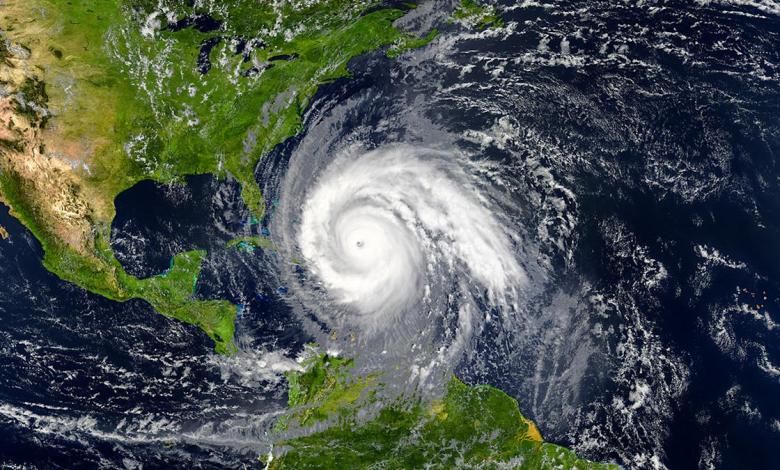A new study has projected that midlatitude regions, which include major population centres such as New York, Boston and Shanghai, will experience an increased wave of hurricanes because of climate change.
The study which was published last week in the peer-reviewed British journal Nature Geoscience, found that tropical cyclones — which are also known as hurricanes or typhoons — will expand from the tropical regions in which they are currently common. Due to global warming, the conditions that create hurricanes will become prevalent farther north in the northern hemisphere and farther south in the southern hemisphere.
Most of the world’s major cities are in midlatitude regions and this means that widespread hurricanes will have the ability to cause far more damage.
According to the article’s lead author, Joshua Studholme In a press release from Yale University, hurricanes in the 21st century will appear in a wider range of latitudes than they have for the last 3 million years.
Studholme who is a physicist in Yale’s Department of Earth and Planetary Sciences, was quoted as saying that “This represents an important, under-estimated risk of climate change,”.
The reason for the shift in hurricane latitudes has to do with the global wind pattern known as the Hadley cell, a circulation in which air flows poleward at a height of about 6 to 9 miles but returns toward the equator as it descends toward ground level.
Read also: Study says hotter summer days mean more Sierra Nevada wildfires
Studholme explained that one effect of climate change is a decrease in the difference between surface temperatures near or far from the equator.
While warming occurs more rapidly at higher latitudes because of feedback loops such as melting sea ice, loss of snow cover, and thawing permafrost, causing even more warming, air at higher altitudes warms faster in the tropics.
Those changes mean the jet stream — which normally prevents hurricanes from flowing farther north in the northern hemisphere — is moving northward, allowing hurricanes to reach higher latitudes.
A co-author of the study, Kerry Emanuel who is a professor of atmospheric science at the Massachusetts Institute of Technology, said that “Global warming causes the [Hadley] circulation to expand, and with it the jet streams move poleward”.
Areas in the increasingly at-risk regions have already begun to see some hurricanes make landfall. In 2020, Subtropical Storm Alpha made landfall in Portugal, the first time a subtropical or tropical cyclone had ever hit the Western European nation.
Studholme and colleagues from Yale, MIT, the Shirshov Institute of Oceanology in Russia and the University of Reading in England analysed mathematical simulations of warmer climates from the Earth’s past and showed that tropical cyclones likely formed in the subtropics.
That has not been the case for the last 3 million years but probably will be again soon if temperatures continue warming. In addition to the wind damage and heavy rains from hurricanes, the risk of flooding from storm surges will be elevated as sea levels rise due to climate change.
Emanuel noted that some of the most populous seaside cities in the world — think New York, Tokyo, Shanghai and so forth — are not deep in the tropics.
He said “They’re a little bit further away. They always have had hurricanes, but very rarely. If they start getting more hurricanes, and if they’re stronger, and if they’re pushing water on top of an already elevated sea level, that’s going to be trouble for them.”
Average global temperatures have risen 1.2 degrees Celsius (2.2 Fahrenheit) in the last 150 years and that is faster than at any other time in recorded history.
According to the Intergovernmental Panel on Climate Change, the extent to which the Earth warms further in the next 80 years could vary by several degrees, depending on how much greenhouse gases that cause warming are emitted.
